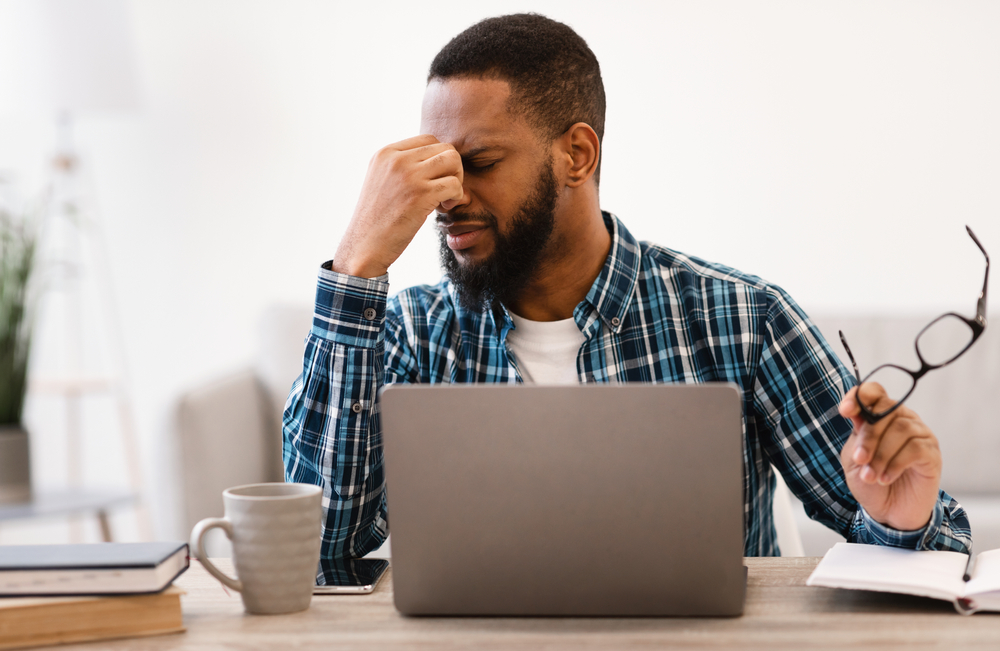
Introduction to Myopia and Screen Time
As a society, we have become increasingly reliant on electronic devices, such as smartphones, tablets, and computers, for our daily tasks and entertainment. This increased screen time has raised concerns about the potential impact on our vision, particularly for those with myopia (nearsightedness). Myopia is a common vision condition in which individuals have difficulty seeing distant objects clearly, while close objects appear normal. This condition affects a significant portion of the global population, and its prevalence has been increasing in recent years.
The rise in myopia rates has coincided with the increasing use of digital devices. This has led to the question of whether there is a connection between screen time and myopia progression. In this article, we will explore the relationship between screen time and myopia progression, discuss the impact of digital devices on vision, and provide recommendations for managing screen time and myopia.
Understanding Myopia Progression
Myopia progression refers to the worsening of nearsightedness over time. It is typically observed in children and adolescents, as the eye continues to grow and change during these developmental years. Myopia progression can be influenced by a number of factors, including genetics, environmental factors, and lifestyle habits.
One of the main concerns about myopia progression is that it increases the risk of developing vision-threatening complications later in life, such as glaucoma, cataracts, and retinal detachment. Therefore, understanding the factors that contribute to myopia progression and finding ways to manage it are essential in reducing the risk of these serious eye conditions.
The Impact of Digital Devices on Vision
Digital devices, such as smartphones, tablets, and computers, emit a type of high-energy visible (HEV) blue light that has been associated with various vision-related issues. Prolonged exposure to this blue light can cause digital eye strain, which is characterized by symptoms such as dry eyes, blurred vision, and headaches.
In addition to digital eye strain, there is growing concern about the potential impact of digital device use on myopia progression. When using digital devices, individuals tend to hold the screen closer to their eyes and focus on near-range tasks for extended periods. This near work has been suggested as a possible contributing factor to myopia progression.
Research on Screen Time and Myopia Progression
There have been numerous studies conducted to investigate the relationship between screen time and myopia progression. While some studies have found a correlation between increased screen time and a higher risk of myopia, others have not found a direct link. The inconsistency in these findings may be due to differences in study design, participant age, and the type of digital devices used.
However, several studies have consistently shown that spending more time outdoors is associated with a lower risk of developing myopia and may help slow its progression. It is thought that exposure to natural sunlight and focusing on distant objects while outdoors may have a protective effect on the eyes and help maintain good vision.
How to Manage Screen Time for Better Vision
While the relationship between screen time and myopia progression is not yet fully understood, it is clear that managing screen time is essential for maintaining good eye health. Here are some tips to help you manage your screen time and protect your vision:
- Follow the 20-20-20 rule: Every 20 minutes, take a 20-second break and look at something 20 feet away. This helps to relax your eye muscles and reduce eye strain.
- Adjust your screen settings: Reduce brightness and use blue light filters to minimize exposure to harmful blue light.
- Maintain a proper viewing distance: Keep your screen at least an arm's length away from your eyes to reduce the strain on your eyes.
- Limit screen time: Set a daily limit for screen time and make an effort to spend more time outdoors and away from digital devices.
Myopia Management Strategies and Treatments
In addition to managing screen time, there are several other strategies and treatments available for myopia management. Some of these options include:
- Prescribing low-dose atropine eye drops: These drops have been shown to slow myopia progression in some children by temporarily relaxing the eye muscles and reducing eye strain.
- Orthokeratology (Ortho-K): This is a non-surgical treatment that involves wearing specially-designed contact lenses overnight to temporarily reshape the cornea and improve vision.
- Multifocal contact lenses or glasses: These lenses have different zones of focus, which can help reduce the strain on the eyes and slow myopia progression.
- Encouraging outdoor activities: As mentioned earlier, spending time outdoors has been linked to a reduced risk of myopia and may help slow its progression.
It is important to discuss these options with your eye care professional to determine the best course of action for your individual needs.
Conclusion and Recommendations
In conclusion, while the relationship between screen time and myopia progression is not yet fully understood, it is essential to manage screen time and adopt healthy vision habits to protect your eyes. By following the tips outlined in this article and discussing myopia management strategies with your eye care professional, you can help ensure your eyes remain healthy and your vision stays clear.
Remember, early detection and intervention are critical in managing myopia and reducing the risk of vision-threatening complications later in life.
Schedule your regular eye exams with Brazos Eye Center in Rosenberg, TX to monitor your eye health and discuss any concerns you may have regarding screen time and myopia progression. Call (832) 595-3260 to book an appointment today.







